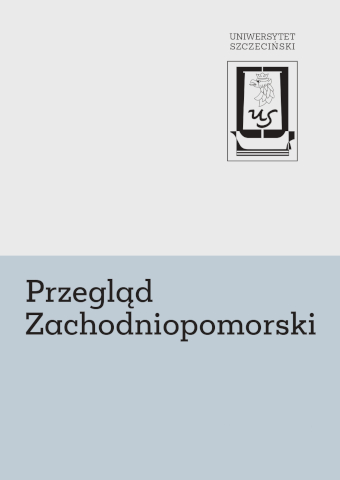Abstract
The article presents the history of a public transport company in Koszalin in the years 1945–1989. After the Second World War the German means of public transport were completely destroyed. It was not until 1948 that the City Council of Koszalin made up 12 motions concerning the inclusion of municipal investments into the State Investment Plan for 1949. There were four million zlotys allotted to the Koszalin public transport. It was decided to buy three buses. The funds were supposed to come from a four-million credit taken out from the Communal Credit Bank. In 1949 two buses (needing a repair) were bought: one Büssing, and the other Chevrolet.
In August 1949 the City Council appointed Jerzy Czechowicz to the organisation of the Public Road Transport in Koszalin. The Public Road Transport in Koszalin was put into motion on October 15, 1949. In 1954 the Urban Road Transport (MKS) received from the Ministry of Municipal Economy three ‘Mavag’ buses, which were destroyed in 50%. The company was financed with a state subsidy, and its fleet came from the Transport Department of the Ministry of Communal Economy. In 1955 for the first time three new buses (Star 52) appeared; also a new service station was created, with six service bays. The working conditions of the mechanics were rather poor. Koszalin, the capital
of the region since 1950, was developing rapidly; and the urban transport company did not keep up with the growing transport needs of the inhabitants. In the subsequent years the number of new buses (San and Autosan) was increasing, but they kept breaking and there were too few of them. A big change took place in the 1970s, after the central harvest festival in Koszalin, among other things, thanks to Cezary Stankiewicz, manager of the Koszalin urban transport. In the years 1970–1977 the number of passengers was doubled. In the morning rush hours the buses carried 22,000 passengers. New bus lines were created, for example to Mielno. In 1977 a new company was born, the Urban Transport Company of the Koszalin Voivodeship; since 1975 it has been one of the biggest companies of that type in the country. In 1989 the rules of its functioning were changed, its fleet was modernised, but in spite of the state subsidies, the prices of the tickets were not low.








